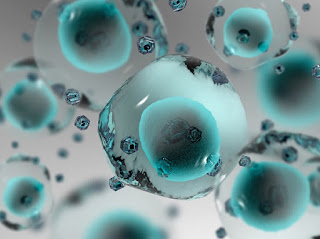Graphene with Nanomedicine
Graphene is a nuclear scale honeycomb
cross section made of carbon iotas. Graphene is without a doubt rising as a
standout amongst the most encouraging Nanomaterials due to its extraordinary
mix of magnificent properties, which opens a route for its misuse in a wide
range of utilizations running from hardware to optics, sensors, and bio devices.
Forms (allotropes) of carbon
Carbon comes in a wide range of
structures, from the graphite found in pencils to the world's most costly
precious stones. In 1980, we were aware of just three essential types of
carbon, specifically jewel, graphite, and formless carbon. At that point,
fullerenes and carbon nanotubes were found and, in 2004, graphene joined the
club. Graphene is a nuclear scale honeycomb cross section made of carbon
particles.
The rise of graphene
Graphene is without a doubt developing
as a standout amongst the most encouraging Nanomaterials on account of its one
of a kind mix of eminent properties, which opens a route for its misuse in a
wide range of uses running from gadgets to optics, sensors, and bio devices.
As of now, the most widely recognized
procedures accessible for the creation of graphene are indicated schematically
underneath, which incorporates micromechanical cleavage, compound vapour
testimony, epitaxial development on SIC substrates, concoction diminishment of
shed graphene oxide, fluid stage shedding of graphite and unfastening of carbon
nanotubes. Be that as it may, every one of these techniques can have its own
particular favourable circumstances and constraints relying upon its objective
application(s). To surmount these hindrances in commercializing graphene,
deliberate endeavours are being made by specialists at different R&D
organizations, colleges and organizations from everywhere throughout the globe
to grow new strategies for vast scale creation of ease and superb graphene by
means of straightforward and eco-accommodating methodologies.




Comments
Post a Comment